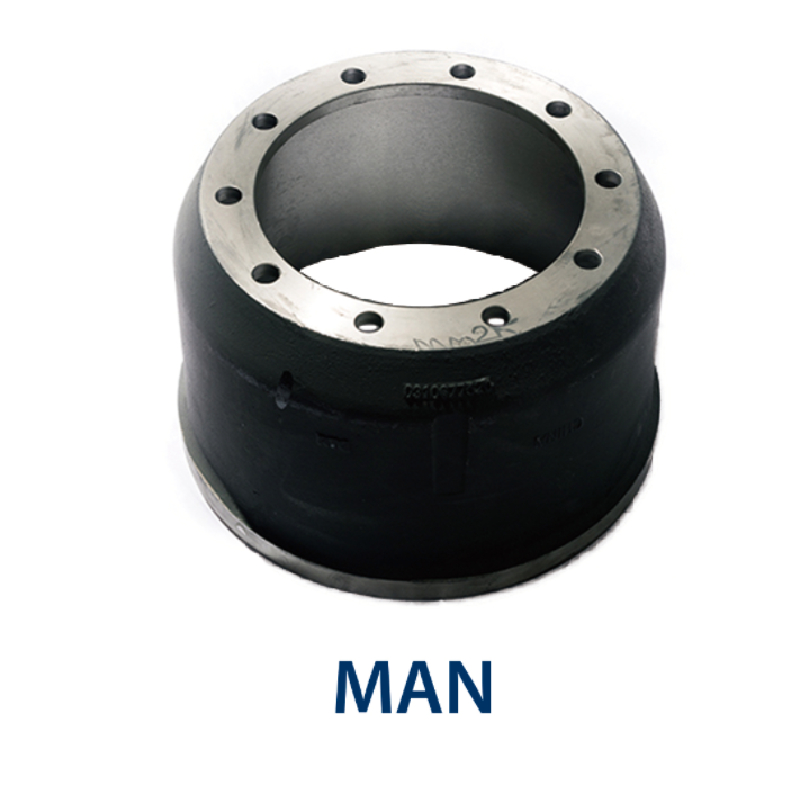Oct . 16, 2024 17:51 Back to list
brake drum symptoms
Understanding Brake Drum Symptoms What to Look For
When it comes to vehicle safety, the braking system is one of the most critical components. Among its various parts, the brake drum plays a crucial role, especially in drum brake systems, which are commonly found in many cars and trucks. Understanding the symptoms associated with brake drum issues can help drivers maintain their vehicles effectively, ensuring safety and performance.
1. Unusual Noises
One of the first indicators of a potential brake drum issue is unusual noises when braking. Drivers may hear grinding, squeaking, or squealing sounds. Grinding noises often suggest that the brake pads have worn down to the metal and are making contact with the drum itself. This can lead to significant damage if not addressed promptly. Squeaking or squealing sounds can indicate that the pads need lubrication or that moisture may have affected the braking system. Listening attentively to these sounds can provide crucial insight into the condition of the brake drums.
If you experience vibration or pulsation in the brake pedal when applying the brakes, it could indicate that the brake drums are warped or out of round. This condition can occur due to excessive heat generated during braking, leading to uneven wear. Vibration not only affects braking efficiency but can also contribute to uneven tire wear. Addressing this issue promptly can help prevent further damage and ensure a smoother driving experience.
3. Decreased Braking Performance
brake drum symptoms

Another significant symptom of brake drum issues is a noticeable decrease in braking performance. If the vehicle takes longer to stop or if the brakes feel less responsive, it may indicate that the brake drums are worn, cracked, or otherwise compromised. This situation can lead to dangerous driving conditions and should be assessed immediately. Factors contributing to decreased performance may include worn brake shoes, low brake fluid levels, and other components collaborating with the brake drums.
4. Pulling to One Side
When applying the brakes, if the vehicle pulls to one side, this could signal an issue with the brake drums or the braking system as a whole. The pulling can result from uneven wear on the brake shoes or drums, causing one side to grip more than the other. This not only creates an uncomfortable driving experience but can also pose a safety risk, as the driver must constantly correct the steering to stay in a straight line.
5. Visual Inspection
Finally, conducting a visual inspection of the brake drums can reveal a lot about their condition. Look for signs of rust, cracks, or uneven surfaces. Any visible damage should be addressed immediately. Additionally, checking the brake shoes for wear and ensuring all components are in good condition can prevent issues before they escalate.
In conclusion, being aware of brake drum symptoms is essential for every driver. Unusual noises, vibrations, decreased braking performance, pulling to one side, and visual signs of wear can all indicate problems needing immediate attention. Regular maintenance and inspections can keep your brake system in optimal condition, contributing significantly to your vehicle's overall safety and performance on the road. If you notice any of these symptoms, consulting with a professional mechanic is highly recommended to ensure the integrity of your braking system.
-
HINO Industrial Solutions - ¡Ң���ຽ��е��������˾ | Advanced Technology&Reliability
NewsJul.13,2025
-
HINO Industrial Efficiency-Jiangsu Hino Industrial|Productivity Optimization&Cost Reduction
NewsJul.12,2025
-
HINO-¡Ң���ຽ��е��������˾|Advanced Industrial Solutions&Energy Efficiency
NewsJul.12,2025
-
Premium Brake Drum Iveco – Durable Drum Brake Drum & Brake Shoe Solutions
NewsJul.08,2025
-
High-Performance Brake Drum Liza for Enhanced Safety Reliable Drum Brake Drum & Brake Shoe Solutions
NewsJul.08,2025
-
High-Quality Brake Drum MAZ – Durable Drum Brake Drum & Brake Drum and Brake Shoe for Optimal Performance
NewsJul.07,2025
